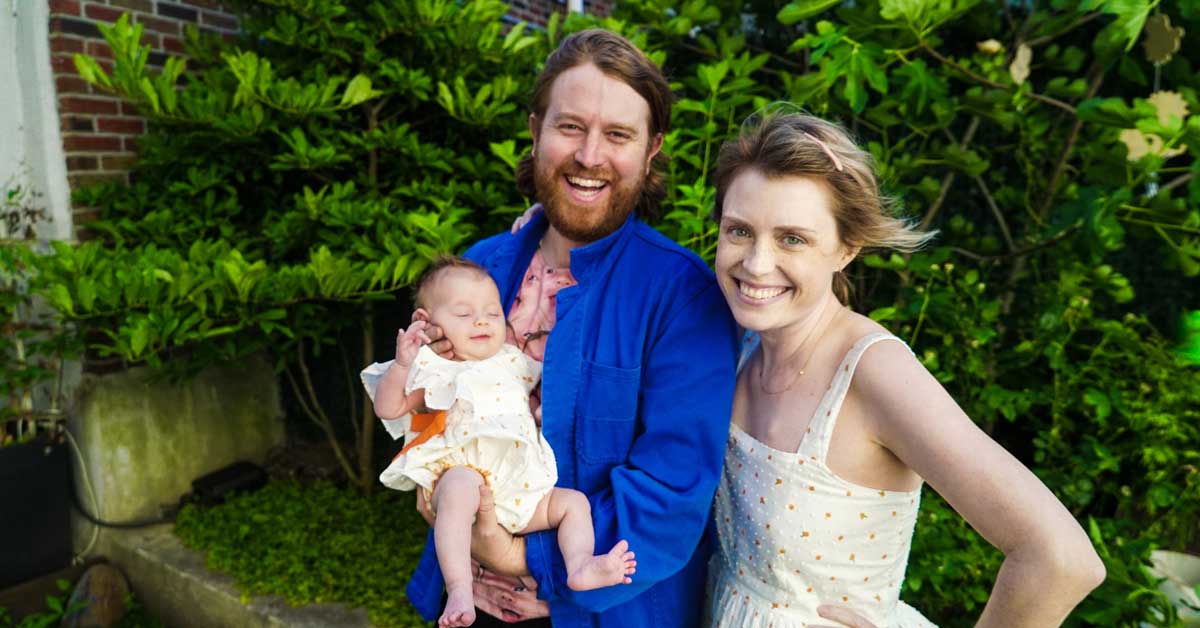In a historic first, scientists at Pennsylvania State University share that they have successfully 3D-printed living human skin tissue directly into the open wounds of rats.
With findings published in a March 1 issue of Bioactive Materials, the scientists explained their work to harness human fat tissue and stem cells to “precisely correct injuries in rats.”
While it doesn’t sound very pretty, this bioengineering milestone could pave the way for major developments in reconstructive surgery — or even human hair treatments.
Current methods of skin and hair reconstruction — like skin grafts — often result in scars, meaning this discovery could lead to a more seamless treatment for humans.

“Reconstructive surgery to correct trauma to the face or head from injury or disease is usually imperfect, resulting in scarring or permanent hair loss,” lead author of the study and Penn State professor of bioengineering and neurosurgery, Ibrahim Ozbolat, said in a statement.
“With this work, we demonstrate bioprinted, full thickness skin with the potential to grow hair in rats. That’s a step closer to being able to achieve more natural-looking and aesthetically pleasing head and face reconstruction in humans.”
The idea of bioprinted skin is not new — scientists have previously 3D-printed thin layers of skin — but Ozbolat’s team shares that they are the first to print a full “living system of multiple skin layers.”
For context, the skin has three layers; the visible epidermis, the middle dermis, and the hypodermis.

The epidermis can often heal on its own. Most people have experienced this when a cut scabs over on its own, for instance. But the hypodermis, which is made from connective tissue and fat, is vital to providing structure and support to the body — especially over the skull.
The hypodermis is also where hair follicles will root, meaning damage to this layer of skin impacts hair growth, as well.
Successfully bioprinting this layer of skin is monumental for skull and facial reconstruction.
“The hypodermis is directly involved in the process by which stem cells become fat,” Ozbolat said in a statement. “This process is critical to several vital processes, including wound-healing. It also has a role in hair follicle cycling, specifically in facilitating hair growth.”

So, how did they do it?
In 2021, Ozbolat’s team used two different bioinks (materials used to produce engineered live tissue in 3D printing) to create hard and soft tissues for rats.
Using this previous research, Ozbolat and partners started the latest study with fat tissue from patients undergoing surgery, as well as stem cells taken from the fat tissue. There was also a third component in the bioink: A clotting solution to help the other materials bind to the rat’s injury site.

“We printed directly into the injury site with the target of forming the hypodermis, which helps with wound healing, hair follicle generation, temperature regulation and more,” Ozbolat explained.
The scientists successfully formed the hypodermis and dermis layers, and within two weeks, the epidermis — that outermost layer of the skin — formed by itself.
They conducted three sets of studies in rats to most clearly understand the mix of the bioink materials and discovered that the simultaneous delivery of the fat tissue and stem cells was crucial to success.

Plus, researchers also found ‘downgrowths’ in the bioprinted hypodermis layer — the beginnings of hair follicle growth.
“We believe this could be applied in dermatology, hair transplants, and plastic and reconstructive surgeries – it could result in a far more aesthetic outcome,” Ozbolat said.
The next step will be combining other research, which includes bioprinting bone, as well as figuring out how to match pigmentation across a range of skin tones.
Additionally, the team was awarded a patent by the U.S. Patent and Trademark Office for their bioprinting technique in February.
While translating these findings into human models is still a ways away, Ozbolat and his colleagues are hopeful for the future of reconstructive surgery.
“With the fully automated bioprinting ability and compatible materials at the clinical grade,” he said, “this technology may have a significant impact on the clinical translation of precisely reconstructed skin.”
Header image courtesy of Ozbolat Lab/Pennsylvania State University



